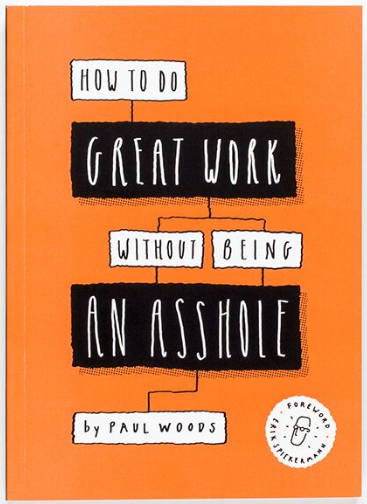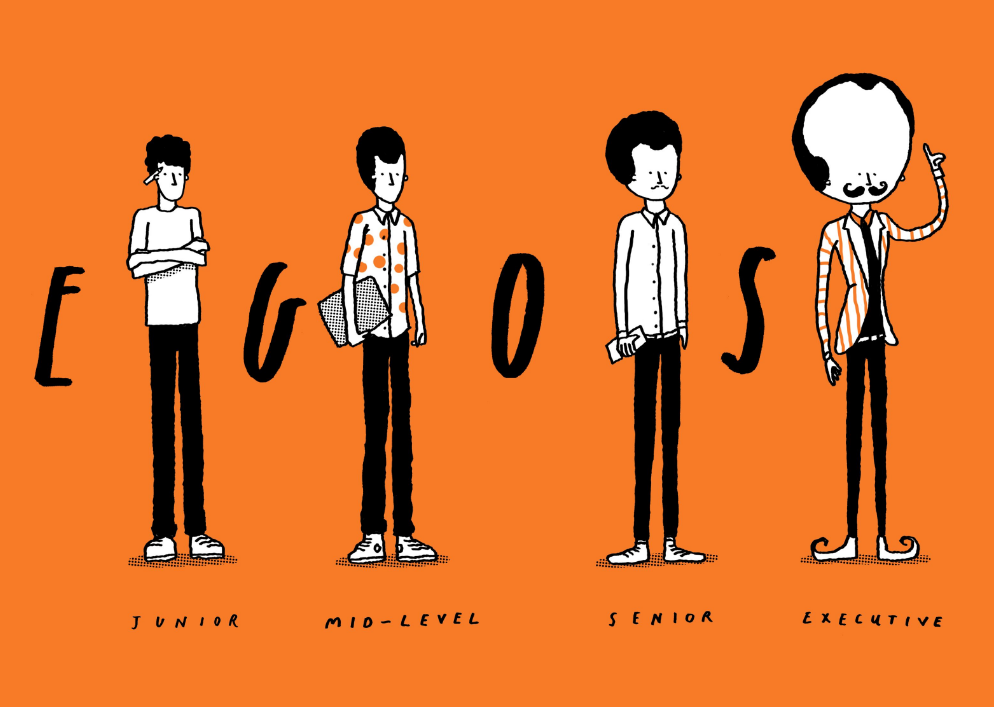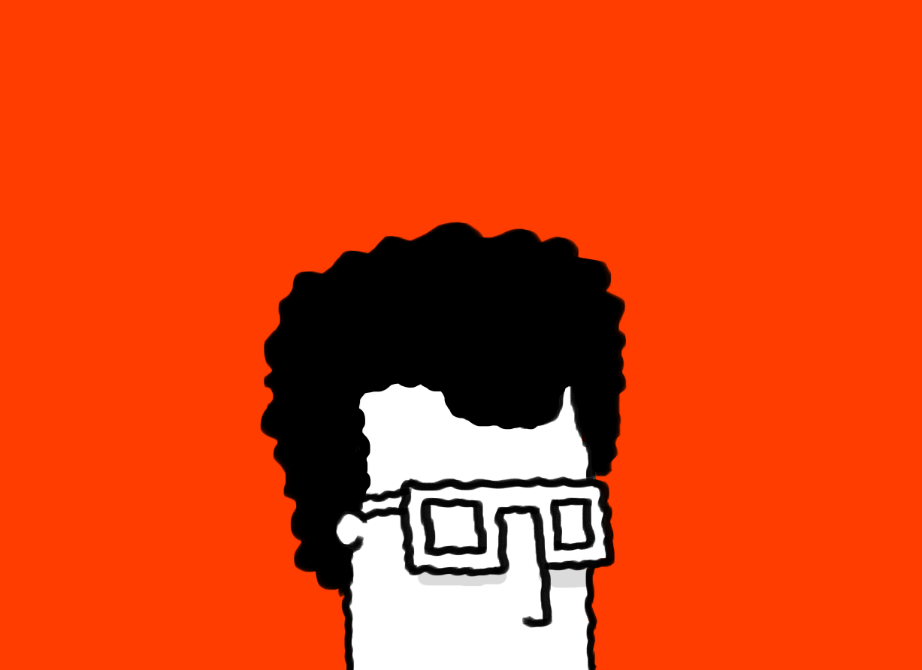
Paul woods a Dublin born and Los Angles based award-winning designer, writer and illustrator recently released his new book How to do Great Work without being an A**hole. The book is aimed at creatives currently navigating themselves through the business side of the creative industry today and exposes the toxic workplace cultures that permeate it. In light of this new release we posed some questions to Paul...
What was your motivation to write this book?
This book started out as an idea after a heated discussion about the necessity of working long hours in the creative industry. I realized that for many in our field, a career in creative industry is synonymous with unsustainable working conditions, egomaniacs and all manner of behavior that simply isn’t conducive to making great work. As someone who has been incredibly lucky with the places I’ve worked when it comes to great culture, I decided to gather the common-sense tips I’d picked up along the way and put them together in a semi-humorous fashion.
.png)
What does literary success look like to you?
Vast wealth, flashy cars and expensive liquor always on hand. I mean, is there really any other definition of success?
How would you describe your creative writing process?
I mused over the themes and ideas for almost two years before finally sitting down to write in March 2017. To do so, It sounds like a bit of clicé, but to minimize distractions, I locked myself away in a cabin in the mountains overlooking Big Bear Lake here in California for a few weeks. The cabin was located in the middle of literally nowhere, had no WiFi, no cell signal and perhaps most interestingly, a ‘compost’ toilet. The less about that, quite frankly, the better. There was no other human around for at least 20 miles of the cabin. I loaded up a tiny Chevrolet Spark with enough food to survive a nuclear winter, and complete with a very stubborn basset hound, I locked myself there for a few weeks. By the time I left the cabin I had both a beard worthy of a true mountain man, and a first draft of a completed book.
Did you have a strong sense of successful design practice prior to writing this book? If so, have your thoughts on this changed?
A lot of the ideas in the book are simply common sense morsels, so my thinking on them hasn’t really changed too much since writing the book. However, one thing I would point out is that the relationship between good creative culture and business is definitely not a zero sum game—there are always exceptions. Running an independent creative practice is fucking hard. Sometimes you have to make hard decisions like downsizing the business, moving office space, taking on a project that doesn’t have the ideal timeline because you have to. Culture has its natural ebbs and flows, the most important thing is to make it a priority overall for your practice. Don’t think about it as one action (like buying a nap pod for your team) or a single moment in time.

Would you consider this book to be a constant guide for yourself as well as for the readers?
Definitely. I’ve made just about every mistake in this book (and still do), especially in the early part of my career when all I cared about was making great work. A lot of the anecdotes and cartoons in the book are self-referential.
As you illustrated and wrote the book, were both aspects done in conjunction with each other?
I wrote the text in its entirety first in the cabin. Once I had the bones of that finished, I came back to LA and started on the illustrations (over 60 in total). The illustrations were mostly done at weekends, so that process was much more spread out. In hindsight, I would have started the illustrations earlier when I was in the writing process, while I was still in the mindset of whatever the respective topic I was writing at the time.
.png)
We’ve seen a lot of books looking at practice, creativity and work life. What does you your book bring to the market?
Designers, especially students and juniors don’t really care about the business side of design. One of the main goals of this book from the start was to create a format that was geared specifically towards creatives. Keeping the format highly visual, interactive and, most importantly, fun, was key. Instead of a text-heavy “turn-paper” that would bore the arse off creatives, the book’s content’s are presented in illustrated formats such as flowcharts, cartoons and exercises.
